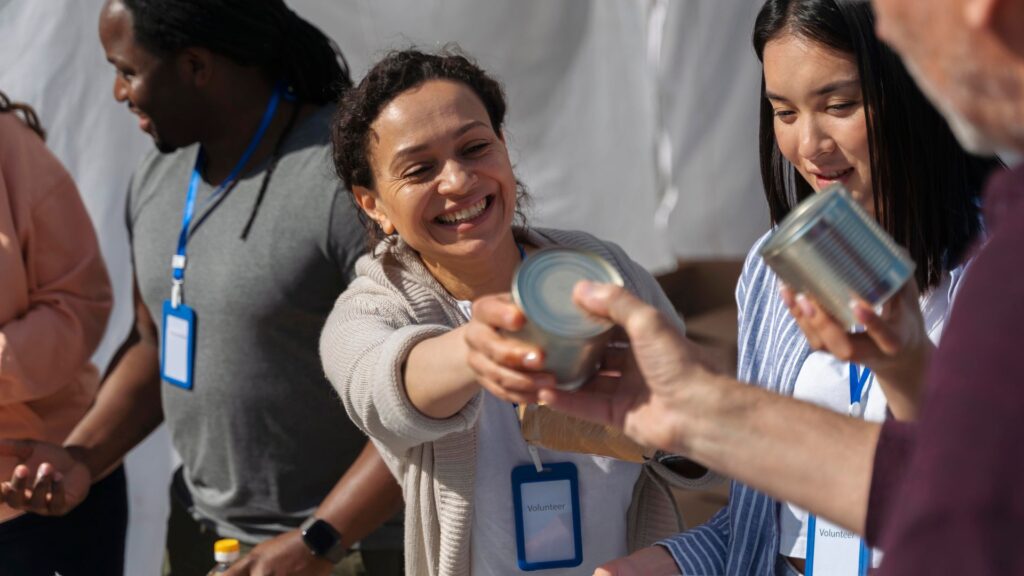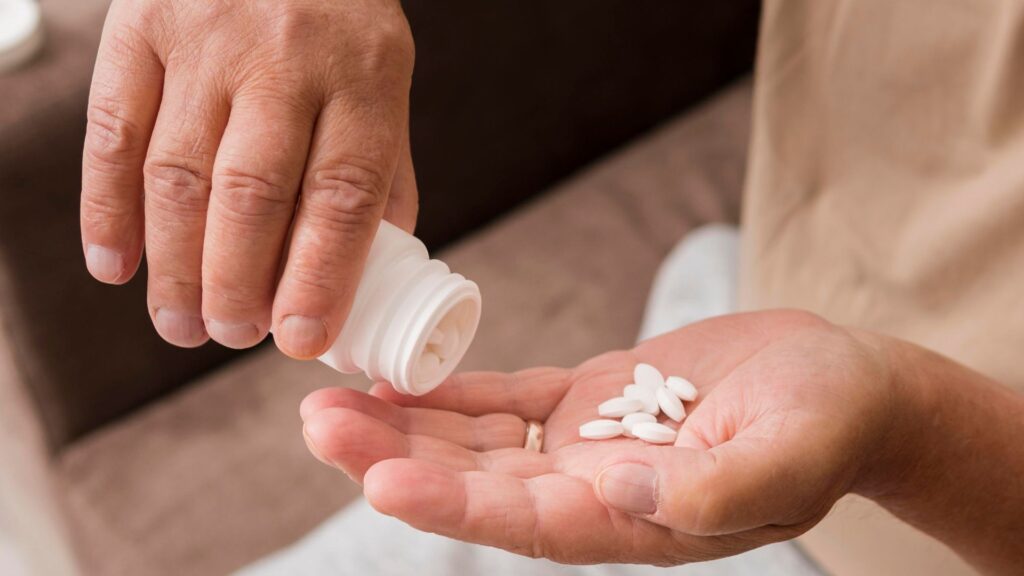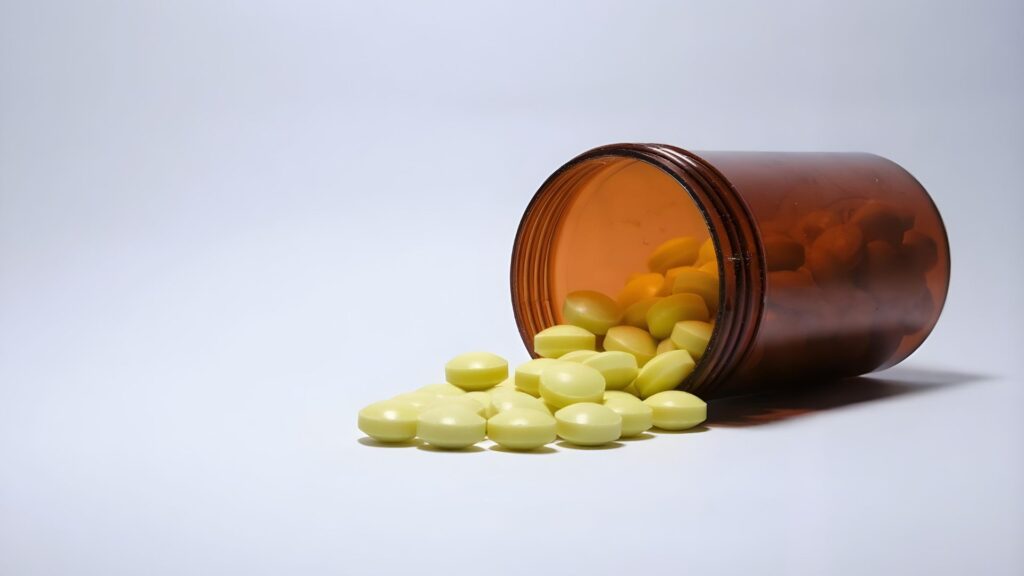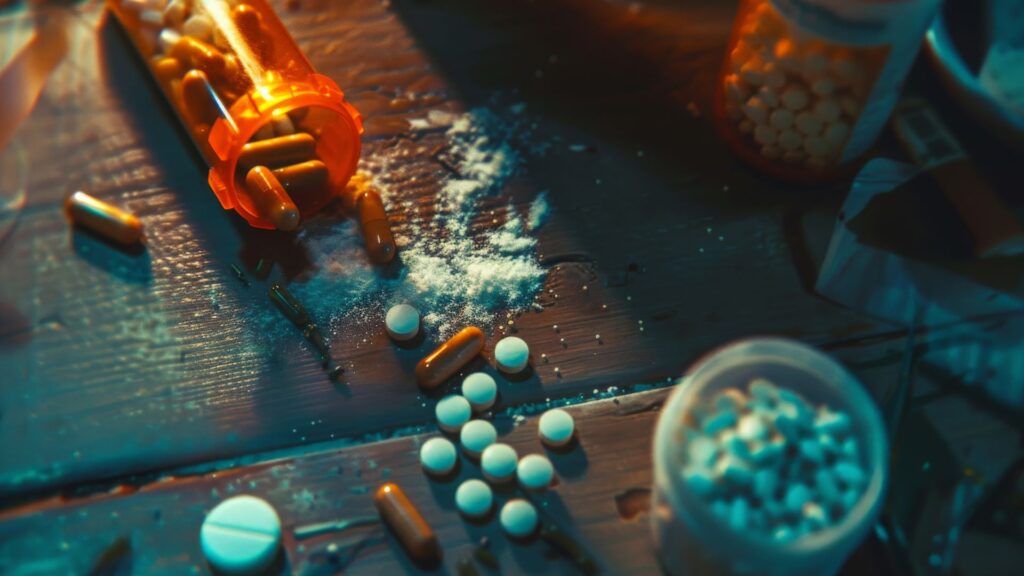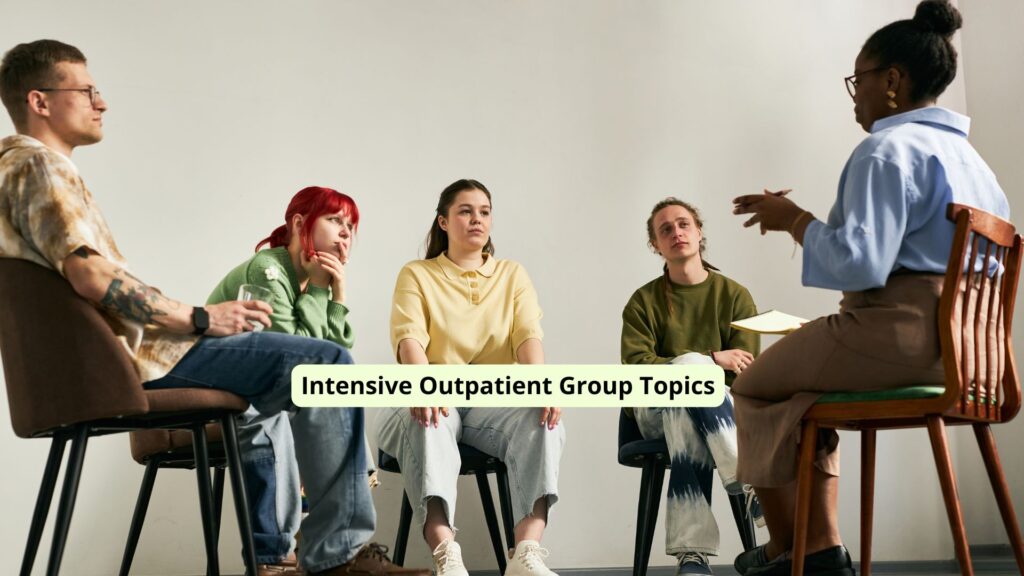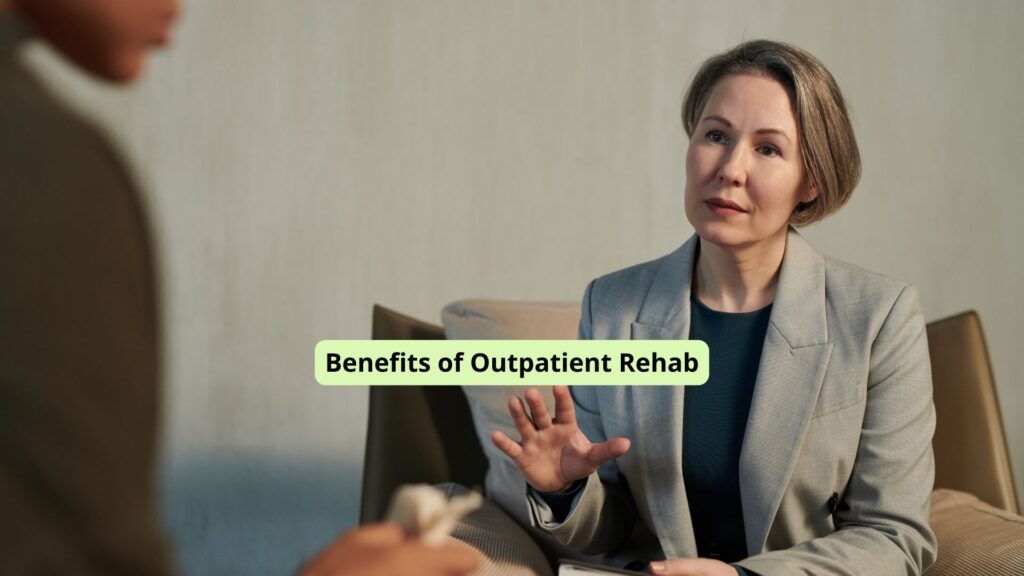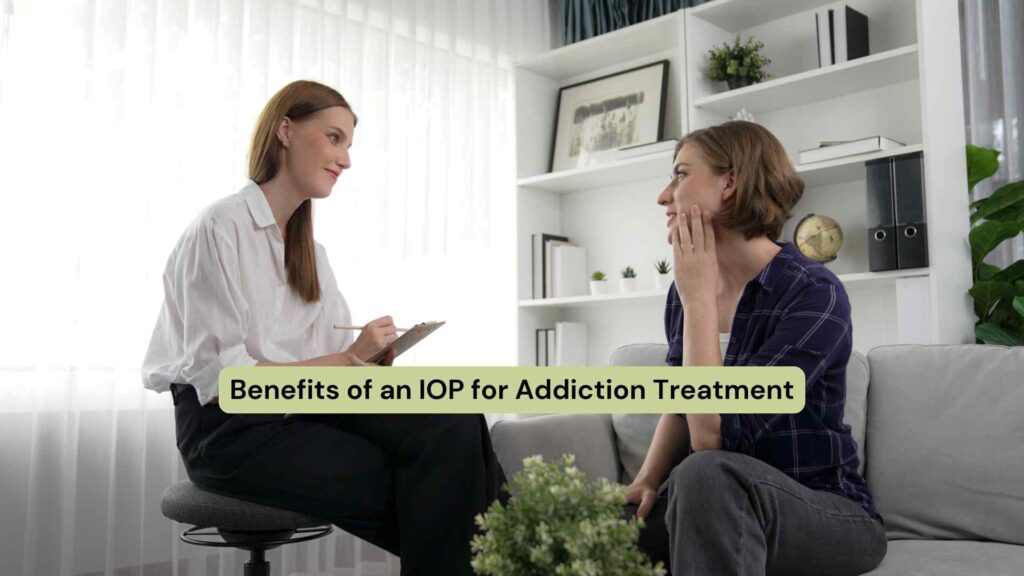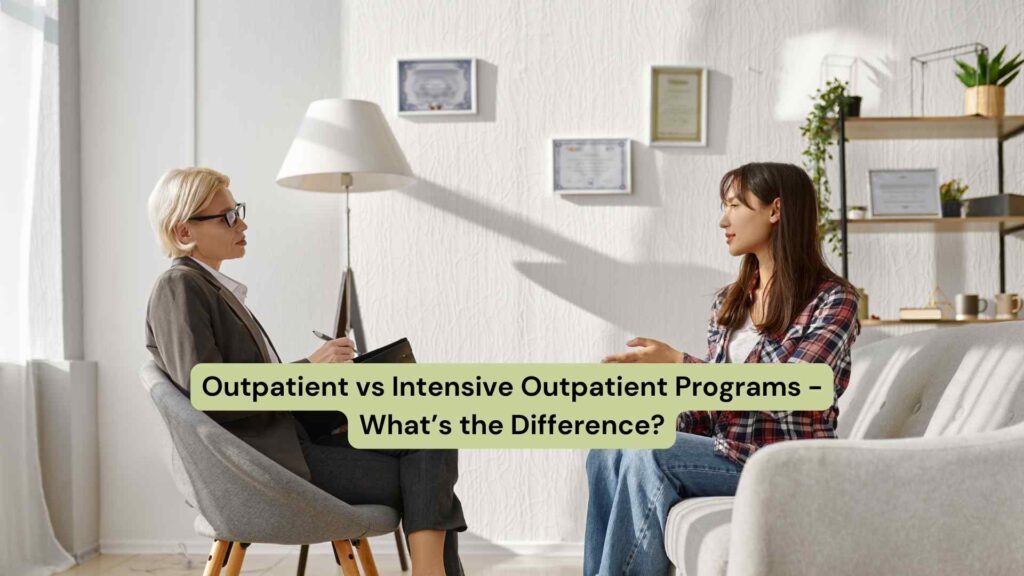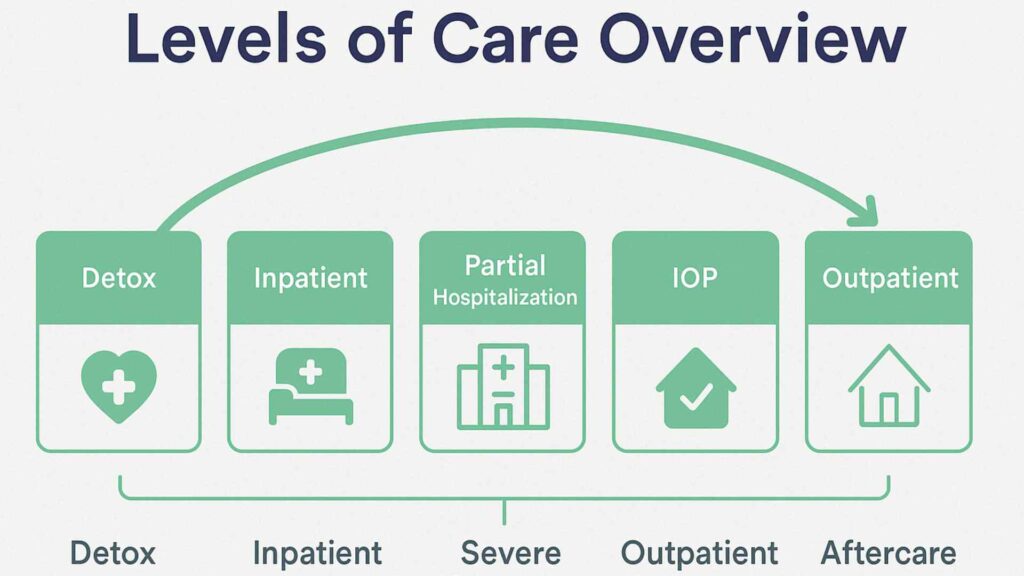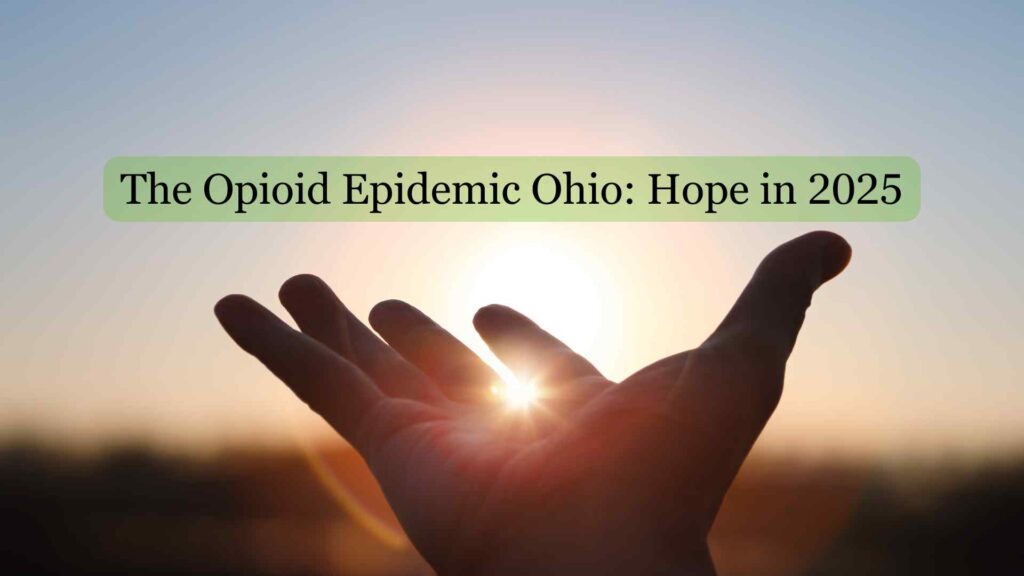Teen drug use continues to be a significant public health concern in the United States. While some substances like alcohol and marijuana remain widely used, emerging trends show a rise in the misuse of prescription medications, synthetic drugs, and even household products. These patterns are shaped by factors like social influence, access to substances, changing perceptions of risk, and evolving product availability.
This article highlights the most commonly used drugs among adolescents. By understanding what substances teens are using—and the risks associated with each—you can take informed steps to prevent early addiction and promote long-term well-being of your adolescent.

Marijuana and High-Potency THC
Marijuana is the most commonly used illicit drug among adolescents. In 2023, about 31% of 12th graders reported using marijuana within the past year, and 17% of all high school students reported use in the past month. A growing concern is the shifting perception of risk; only 32% of high school seniors now believe that regular marijuana use is harmful.
High-potency THC products, including synthetics such as delta-8 THC, have added a new dimension to teen marijuana use. More than 11% of seniors reported trying delta-8 in the past year, despite limited research on its safety. These stronger THC variants are associated with a higher risk of addiction, psychiatric effects, and accidental poisoning. Inconsistent regulation and easy access have contributed to the rising prevalence of these products among teens.
At Abundance Treatment, we recognize how early exposure to drugs and alcohol can shape lifelong patterns of use. That’s why our adolescent addiction treatment program in Toledo, OH, provides comprehensive, age-appropriate interventions for teens struggling with substance misuse.
E-Cigarettes
E-cigarette use, or vaping, continues to be one of the most common forms of nicotine consumption among adolescents. In 2023, 10% of high school students reported current use of e-cigarettes—a notable decline from previous years, signaling the lowest prevalence in nearly a decade. Despite this trend, flavored vape products and targeted marketing still pose serious challenges for public health.
Many teens mistakenly view vaping as less harmful than traditional cigarettes, but nicotine in any form can quickly lead to addiction and negatively affect brain development. Furthermore, the long-term health consequences of vaping—especially with THC or unregulated ingredients—remain uncertain and continue to be the focus of scientific study.
Prescription Drugs
Misuse of prescription medications, particularly stimulants and opioids, continues to be a persistent issue among teens. Data show that 4.4% of 12th graders reported nonmedical use of Adderall in the past year, while 3.4% admitted to misusing prescription opioid painkillers. Alarmingly, one in four teens has misused a prescription drug at least once in their lifetime, reflecting a 33% increase over the past five years.
Many teens hold the misconception that prescription drugs are safer than illicit substances, with about 27% believing that abusing medications poses fewer health risks. This dangerous perception contributes to higher misuse rates and increases the risk of overdose, especially when pills are obtained from non-medical sources or counterfeit versions. These behaviors can also serve as a gateway to illicit drugs like heroin or fentanyl.
Synthetic Drugs and Designer Substances
Synthetic cannabinoids, commonly known as Spice or K2, are marketed as legal alternatives to marijuana but can be significantly more dangerous. Their chemical compositions change frequently to avoid regulatory detection, which makes their effects highly unpredictable and increases the risk of severe toxic reactions.
Delta-8 THC, another synthetic variant, has been used by more than 11% of high school seniors. Though often marketed as a milder alternative to cannabis, the lack of regulation and limited research means that users may unknowingly expose themselves to harmful effects. These substances can cause acute psychological issues, cardiovascular complications, and, in some cases, fatal outcomes.

Alcohol
Alcohol remains the most widely used substance among teenagers. According to recent surveys, approximately 61.5% of students have tried alcohol by 12th grade, and 46.6% of high school seniors report current or recent alcohol use. Even among younger teens, 15% of 8th graders report having experimented with alcohol.
Binge drinking is a major public health concern. Data show that 1.19 million adolescents between the ages of 12 and 17 engaged in binge drinking in the past month. Teens who binge drink are more likely to experience poor academic performance, injuries, risky behavior, and alcohol dependency later in life. Early alcohol use is strongly correlated with increased risk of future substance dependence and chronic health problems.
Inhalants and Household Product
Inhalant abuse is a distinct form of substance use among teens, involving everyday household products like glue, spray paint, air fresheners, and gasoline. Most users begin inhalant use in early adolescence, with the peak age around 14. A long-term study of over 35,000 inhalant abuse cases found that while 25% experienced no lasting effects, hundreds of cases resulted in permanent disability or death.
Inhalants can cause sudden cardiac arrest or suffocation—even on the first use. Repeated abuse can result in long-term damage to the brain and nervous system, underscoring the urgency of early prevention and awareness.
Party Drugs
Use of party drugs such as MDMA (ecstasy) and LSD continues to raise concern among public health officials. In 2023, 2.2% of 12th graders reported using MDMA, while 3.2% had tried LSD. Other substances like ketamine and GHB, often found at parties, concerts, or clubs, have also gained popularity among teens.
These drugs carry a high risk of unpredictable psychological reactions, memory problems, and impaired judgment. When mixed with other substances, the dangers—especially of overdose—are significantly amplified.
Over-the-Counter Medication and Cough Syrup
Teens are also misusing over-the-counter (OTC) medications, particularly those containing dextromethorphan (DXM), which is commonly found in cough syrups. Approximately 3% of teens report using OTC medications to get high. The perception that these drugs are “safe” because they’re legal contributes to their misuse.
However, consuming high doses of DXM can lead to hallucinations, psychosis, impaired motor control, and cardiovascular problems. Easy availability continues to make OTC medications a target for experimentation and repeated abuse among adolescents.
Final Thoughts from Abundance Treatment
Teen substance use is more than experimentation—it can lead to lifelong challenges with addiction, mental health, and physical well-being. At Abundance Treatment, we offer compassionate, evidence-based addiction treatment for adolescents in Toledo, Ohio,navigating substance use. Our flexible, personalized approach allows teens to receive the support they need while staying connected to school, family, and community. With the right care, early intervention can empower lasting change and a healthier future.


